Click on images to enlarge
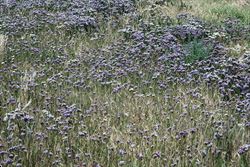
large infestation (Photo: Rob and Fiona Richardson)
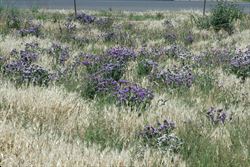
infestation (Photo: Rob and Fiona Richardson)
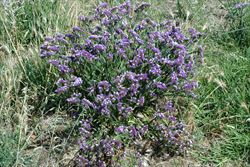
habit (Photo: Rob and Fiona Richardson)
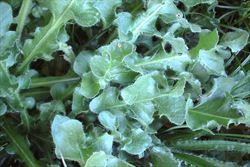
deeply-lobed lower leaves (Photo: Sheldon Navie)
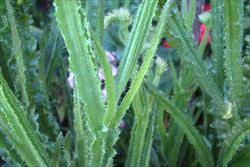
winged stems, showing the narrow leaf-like extensions of the wings (Photo: Sheldon Navie)
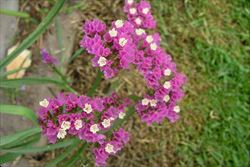
flower clusters (Photo: Sheldon Navie)
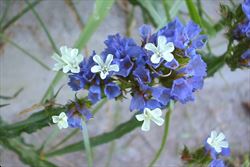
close-up of flowers showing the brightly-coloured papery calyces, blue in this case, and white petals (Photo: Sheldon Navie)
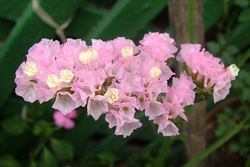
close-up of flowers, with pink calyces in this case (Photo: Sheldon Navie)
Scientific Name
Limonium sinuatum (L.) Mill.
Synonyms
Statice sinuata L.
Family
Plumbaginaceae
Common Names
notch leaf sea lavender, notch leaf sealavender, notch-leaf sea-lavender, notch-leaved sea-lavender, perennial sea lavender, perennial sea-lavender, sea lavender, sea pink, sea-lavender, sea-pink, statice, wavyleaf sealavender
Origin
Native to northern Africa (i.e. northern Algeria, northern Egypt, Libya, Morocco and Tunisia), southern Europe (i.e. southern Portugal, Spain, Albania, Greece, Italy and Yugoslavia) and western Asia.
Naturalised Distribution
Widely naturalised in southern Australia (i.e. in many inland parts of New South Wales, in western and central Victoria, in many parts of South Australia, and in the southern and central parts of Western Australia). It has also been recorded as being naturalised in central Queensland, but has not been collected in this state for over 50 years.
Also naturalised in other parts of the world (e.g. in California in south-western USA).
Notes
Perennial sea-lavender (Limonium sinuatum) is regarded as an environmental weed in Western Australia and Victoria. This species has escaped from cultivation as a common garden ornamental, particularly in drier inland areas.
In Western Australia it grows in disturbed sites, waste areas and along roadsides from Geraldton in the north-west to Esperance in the south-east. However, it also invades relatively intact native vegetation, especially the margins of saline wetlands. In Victoria, perennial sea-lavender (Limonium sinuatum) is a common weed of shrubby riverine woodland and Woorinen mallee vegetation and is listed as a common invasive garden escapee in some local authority areas (e.g. Swan Hill Rural City and Loddon Shire).

